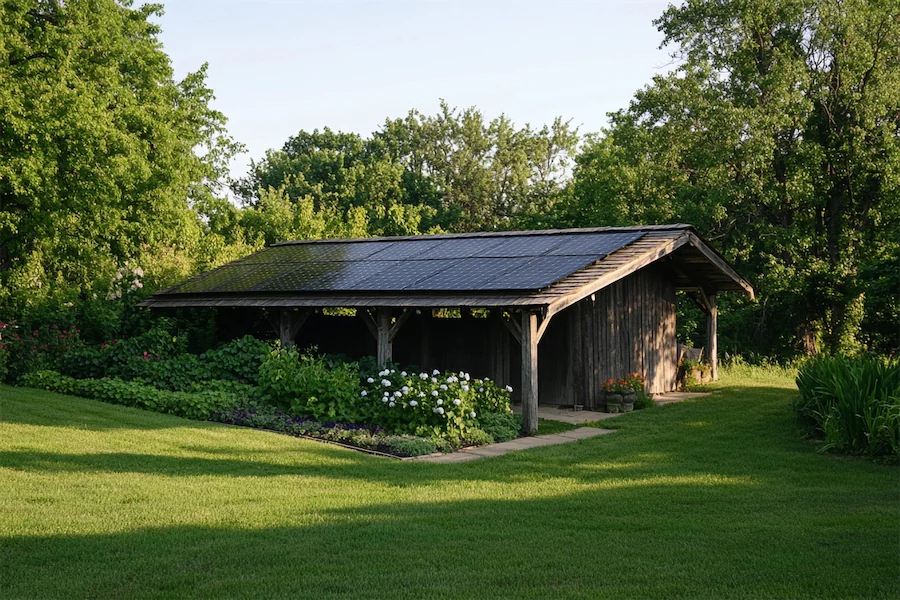A lean-to roof, also known as a shed roof or skillion roof, is a simple structure featuring a single sloping surface that is attached to an existing wall or building. This design is characterized by its straightforward construction and cost-effectiveness, making it a popular choice for extensions, sheds, carports, and verandas.
History and Origins of Lean-to Roofs
The lean-to roof design has been utilized for centuries due to its simplicity and practicality. Historically, lean-to structures were added to existing buildings to provide additional sheltered space with minimal construction effort. This architectural approach allowed for efficient expansion of living or storage areas without the need for complex roofing systems.
Key Features of Lean-to Roofs
- Single Sloping Surface: The roof consists of one inclined plane, facilitating easy construction and effective water runoff.
- Attachment to Existing Structures: Lean-to roofs are typically affixed to the side of an existing building, making them ideal for extensions or additions.
- Cost-Effectiveness: The simplicity of the design reduces material and labor costs compared to more complex roofing structures.
Applications of Lean-to Roofs
- Home Extensions: Providing additional space for porches, sunrooms, or storage areas by attaching to the main building.
- Sheds and Outbuildings: Commonly used for garden sheds, workshops, and garages due to their straightforward construction.
- Carports and Verandas: Offering sheltered areas for vehicles or outdoor relaxation spaces.
Considerations When Choosing a Lean-to Roof
- Building Codes and Permits: Before construction, consult local building regulations to ensure compliance with codes and permit requirements.
- Structural Support: Ensure that the existing structure can support the additional load of the lean-to roof.
- Weather Considerations: The slope of the roof should be designed to handle local weather conditions, such as heavy rainfall or snow.
Conclusion
Lean-to roofs offer a practical and economical solution for expanding usable space in both residential and commercial settings. Their simple design and ease of construction make them a versatile choice for various applications, from home extensions to standalone structures. By considering factors such as building codes, structural support, and climate, homeowners and builders can effectively implement lean-to roofs to meet their specific needs.
